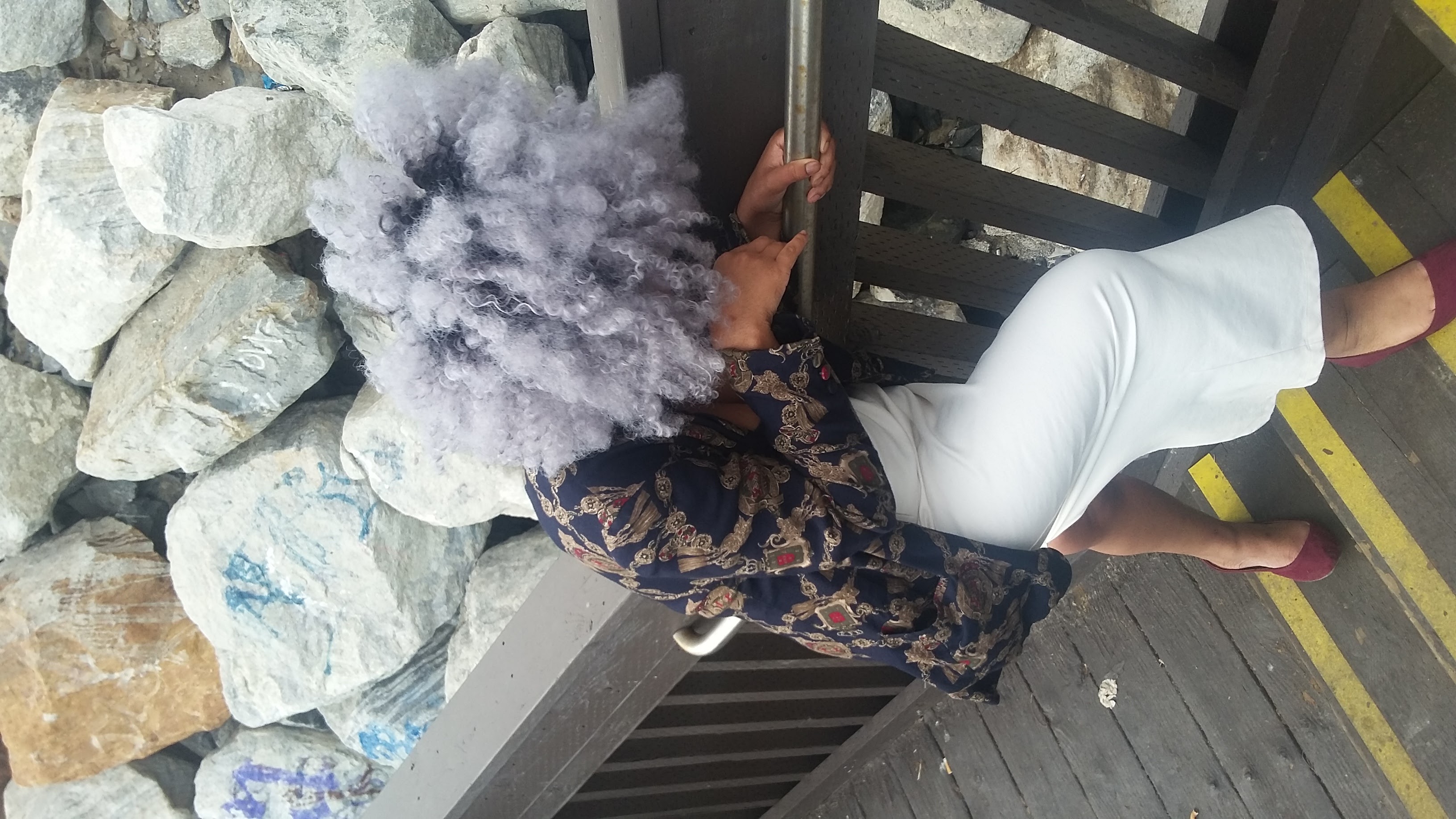“Where did you get your shoes from? Goodwill?” Always followed by moronic grins and laughter, this rhetorical question was often asked about my clothing when I was growing up.
The fact of the matter was yes, my mother did buy my clothes from the thrift store. Before it was known as “thrifting,” shopping at thrift stores helped my family save money because we couldn’t afford to buy overpriced clothing at big box or high priced retail stores — especially when we had to worry about keeping the lights or the water on.
Growing up middle or lower class, I’m sure there are there are others with numerous stories of the ridicule they received from their peers for wearing secondhand clothes. But alas, feel no shame! Thrift shopping is a great way to take advantage of the resources that are around you.
Misconceptions About Thrifting
Before it became popular, shopping at thrift stores, now called “thrifting,” meant that you were sure to be subject to bullying and judgement often times due to the the stigma that you were wearing someone else’s’ throwaways.
Going to thrift stores, for me, not only meant finding bargains, discovering those same brands that privileged kids had at a considerably discounted price. Along with thrifting came learning how to refashion older pieces to fit the modern look and creating my own look by mixing the old with the new or refashion older pieces to fit a more modern look.
Thrifting embodies the phrase “one man’s trash is another man’s treasure.” People have preconceived notions about thrift stores, often with closed-minded views. Some people have said of thrifting: “They’re dirty;” “They smell;” “It’s time consuming;” or “They’re unorganized.” But they fail to realize going thrifting is a unique experience.
You get to discover abstract art and items like cool jewelry, things famous people once wore, and even vintage furniture. It’s the ultimate one-stop shop experience, a cooler version of Wal-Mart. Even musicians are discovering that “thrifting” is an invaluable experience.

Thrifting’s Musical Influence
Thrifting is ingrained in part of today’s culture and is slowly creeping into our music. Nearly four years ago, Macklemore and Ryan Lewis released “Thrift Shop” which went viral and hit No. 1 on the billboard charts.
In the song, Macklemore and Ryan share the culture of thrifting and capture some of the benefits of thrifting in their song: “They be like “Oh that Gucci, that’s hella tight” / I’m like “Yo, that’s fifty dollars for a t-shirt”…I call that getting tricked by business/ That shirt’s hella dough / And having the same one as six other people in this club is a hella don’t.” While there is still speculation on whether or not this viral song affected thrift store sales, thrifting is definitely a trend now.
Mick Jenkins, a Chicago-based Hip-Hop artist, came out with the song “Value Village” that celebrates the culture of thrifting. After analyzing both songs, you can see the same idea of thrifting coming from two different points of view, with two different set of intentions and sentiments.
The culture of Macklemore’s song “Thrift Shop” is more vulgar; the first line in the first verse “… What’s up I got a big cock”? In the song, Macklemore and Ryan Lewis seem to discover “thrifting,” and it appears to be a new, cool, thing to do. Let’s look at the lyrics: They had a broken keyboard, I bought a broken keyboard/ I bought a skeet blanket, then I bought a knee board … Probably should’ve washed this, smells like R. Kelly sheets (Pissssss…) But shit, it was 99 cents!”
The lyrics suggest that “thrifting” entails buying useless and unnecessary things simply because they are cheap; it also contributes to the myth that all clothes from the thrift store have a smell.
In “Value Village,” Jenkins raps the hook of the song “Don’t listen, save money,” capturing the essence of his meaning of “thrifting” Jenkins raps: “Fuck the mall.” From my experience, when you don’t have money, the mall is one of the worst places to be.
Mick Jenkin’s captures the experiences of people who thrift to survive, and he celebrated “thrifitng” without devaluing the culture. However, Macklemore cheapens the experience of “thrifting” making it appear to be just a big “hip” trendy thing to do that will soon pass like all other evolving trends. In fact, thrifting has become a thriving business for some.

Thrifting for Profit
Thrifting for profit is becoming increasingly popular as thrifting becomes trendier. Thrifting for profit is when people resell “thrifted” items for money, typically for three or four times the price, either in an upscale consignment or an online store, making it a lucrative business.
Even though some resellers make up to $5,000 net profit every year, they leave people like me who are forced to thrift in a pickle. Reselling clothes definitely benefits the resellers as a means for survival, but resellers take the best quality clothing leaving the people who need to thrift with the what look like shop-worn clothes.
Because of resellers, shops like Goodwill “special price,” or significantly increase the price, of name-brand clothing. Before expensive brands such as Ralph Lauren and London Fog could have otherwise gone unnoticed and sold at a reasonable price. This leaves people like myself to miss out on the great deals thrift stores can offer.

Values over fashion
As today’s fashion trends date back to the 90’s fashion, thrifting is the affordable option for creating a certain aesthetic. There is nothing wrong with using thrifted clothing to express individuality and creativity, but more often than not the same people who shamed me and others for wearing secondhand clothes pack to the same stores to look “vintage.”
Even though style has changed and more and more people are taking advantage of thrift stores, the judgmental ideas of thrifting haven’t changed. I can personally say some people who were shamed for thrifting grow a resentment toward those that contributed to the hostile atmosphere around privileged versus disadvantaged kids.
While we all can take advantage of thrift stores and the low prices they have to offer, we should always be more accepting of people who are forced to buy second hand clothing out of necessity. Just because you have to shop at Goodwill does not change your values as a person. Keeping an open mind will prevent us from missing out on opportunities to connect with people.
Photos taken by Nahila Louis-Charles, 17, homeschooled.
This piece was originally published in June 2016




I believe struggling familys should get lower prices..they know who resellers are and familys who need help are.
Often, resellers are struggling families also trying to make ends meet. Just sayin……
Hey, I loved this article! I relate to a lot of your stories in your childhood soo much! But I haven’t let that stop me! Check out my IG and you will see what I mean. Make sure you follow and shoot me a DM! @the.thrifting.teen